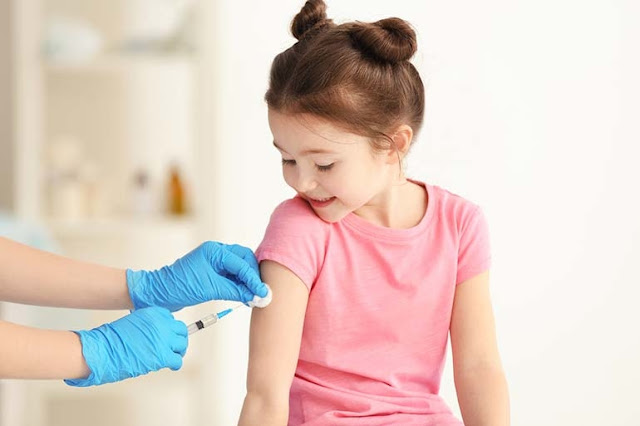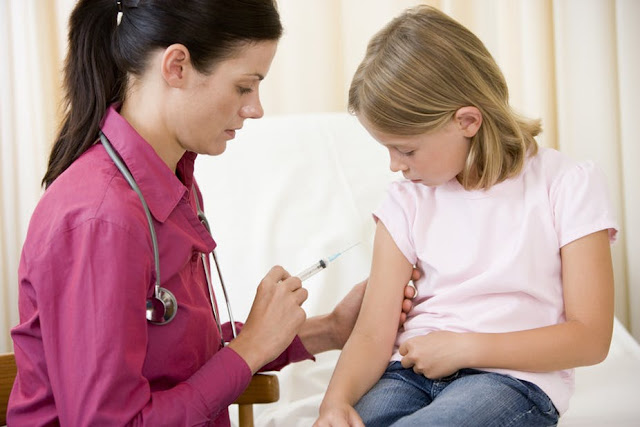Children immunizations and vaccines | health care
Children immunizations and vaccines
Immunizations are the cornerstone of public health and are a means by which a person is protected from infectious diseases.
The vaccine contains dead or weak bacteria or viruses (so that they cannot cause disease), and it is given to the person so that it stimulates the immune system in the body to identify them, and to produce antibodies that recognize the microbe early, and thus fight it if it enters the body again and prevents the occurrence of the disease. It is an easy and safe method for everyone as it is subject to safety tests before approval, and its results are constantly monitored.
Target groups
| --- | Children
| --- | pregnant women.
| --- | Elderly.
| --- | People with weakened immune systems due to cancer treatment.
| --- | People with chronic diseases.
| --- | Pilgrims.
| --- | Travelers for endemic areas.
Types of vaccines
| --- | Vulnerable live vaccines:
Is to use inactive (diluted) samples from the pathogen microbe; Because these vaccines are very similar to the natural infection that helps prevent them, these vaccines cause a strong immune response and continue for a long time, as only one or two doses (from most live vaccines) can form immunity against the microbe or the disease that is caused throughout the life span.
Such as viral triple vaccine (measles, mumps, rubella), rotavirus (chickenpox), smallpox, waterpox (neck), yellow fever, fiery belt, oral polio.
| --- | Inactive vaccines:
It is the use of dead samples from the microbe that causes the disease, usually inactive vaccines do not provide strong immunity (immunity) as weakened live vaccines, so you may need several doses or revitalizing doses over time; For continuous immunity against diseases such as viral hepatitis A, influenza, inactivated polio, rabies.
| --- | Sub / conjugate vaccines
It is the use of certain parts of the microbe (such as protein, sugar, or the envelope of the microbe), and since the vaccine is made up of a specific part of the microbe it gives a very strong immune response that targets key parts of the microbe, and this type of vaccine can be used on all who need it Including people with weakened immunity and chronic health problems.
One downside of these vaccines is that they may need revitalizing doses to get continuous protection against disease.
Such as Haemophilus influenzae B, viral hepatitis B, HPV, whooping cough, pneumococcal infection, meningococcal disease.
| --- | Poisoning vaccinations (toxicity)
It is the use of the harmful part created by the microbe that causes the disease so that the immune system can fight it instead of the microbe, and like other types of vaccinations, these vaccines may need booster doses to get continuous protection against diseases.
Examples: diphtheria (tetanus) and tetanus.




















No comments